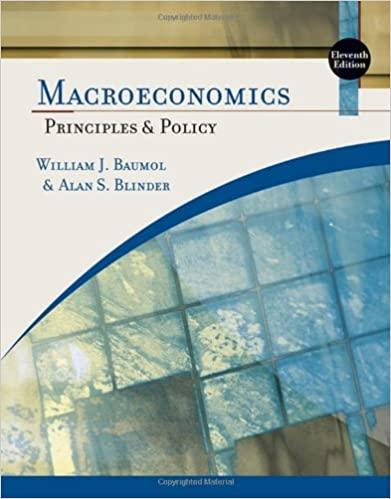Question
2 A drug dealer chooses whether to stash his drugs in the boot or under the seat of his car. The police have time to
2 A drug dealer chooses whether to stash his drugs in the boot or under the seat of his car. The police have time to search only one of the two spots, and do not observe where the drug dealer hid the drugs. The drug dealer's main goal is to keep the police from finding the drugs, but finds it easier to hide drugs under the seat than in the boot. The police's only goal is to find the drugs; they do not care whether they search in the boot or under the seat. Which of the following must be true of the Nash equilibrium of the game? (a) The drug dealer uses a pure strategy in a Nash equilibrium. (b) The police use a pure strategy in a Nash equilibrium. (c) The drug dealer stashes the drugs in the boot half the time in a Nash equilibrium. (d) The police look in the boot half the time in a Nash equilibrium. (e) The police find drugs with equal probability whether they search in the boot or under the seat in a Nash equilibrium. (f) The drug dealer avoids having his drugs found by the police with equal probability whether he hides them in the boot or under the seat in a Nash equilibrium.
3 Which statements best describe a partnership in which partners individually choose effort levels that are individually costly, cannot observe one another's effort, and divide all benefits of their efforts equally? (a) Adding more partners to the partnership exacerbates adverse selection. (b) Adding more partners to the partnership mitigates adverse selection. (c) Adding more partners to the partnership exacerbates moral hazard. (d) Adding more partners to the partnership mitigates moral hazard.
4.Demand in a market is given by QD = 100, and supply by QS = P. The government imposes a per-unit tax of 5 on suppliers. Which of the following are true? (a) All of the tax is borne by sellers. (b) All of the tax is borne by buyers. (c) The tax incidence is split 50 50 between buyer and seller. (d) The equilibrium market price is 95 after imposition of the tax. (e) The equilibrium market price is 100 after imposition of the tax. (f) The equilibrium market price is 105 after imposition of the tax.
Step by Step Solution
There are 3 Steps involved in it
Step: 1

Get Instant Access to Expert-Tailored Solutions
See step-by-step solutions with expert insights and AI powered tools for academic success
Step: 2

Step: 3

Ace Your Homework with AI
Get the answers you need in no time with our AI-driven, step-by-step assistance
Get Started


